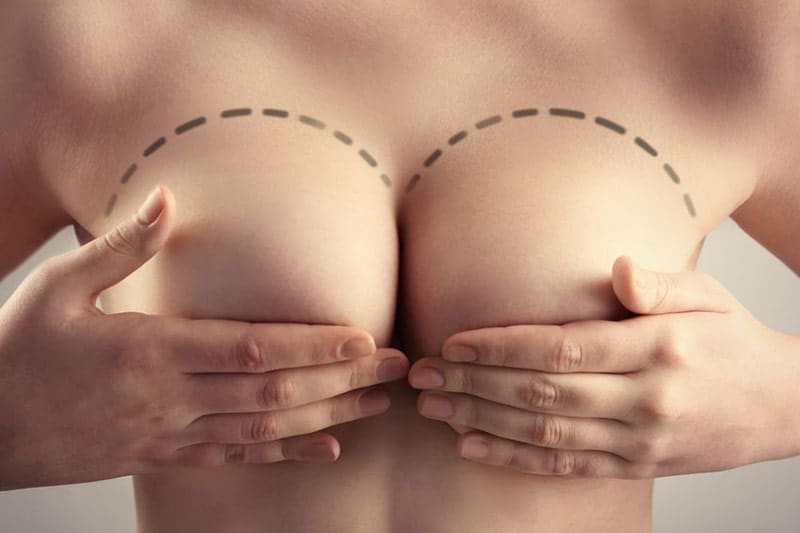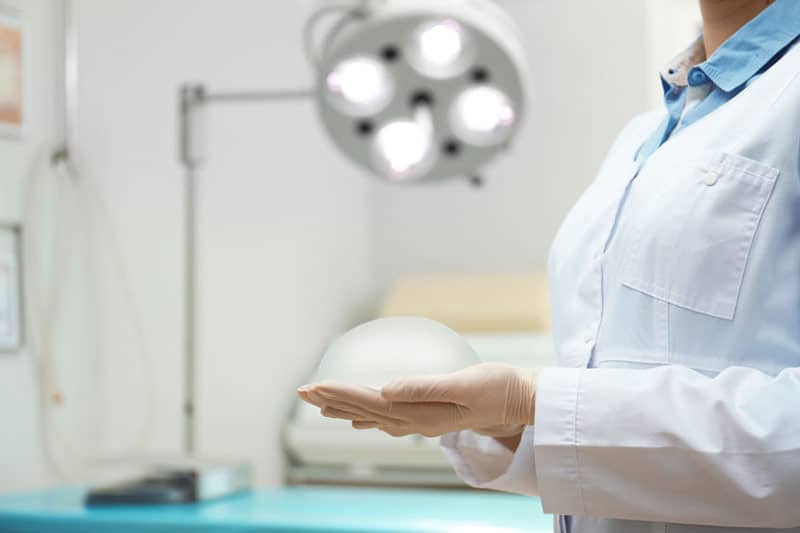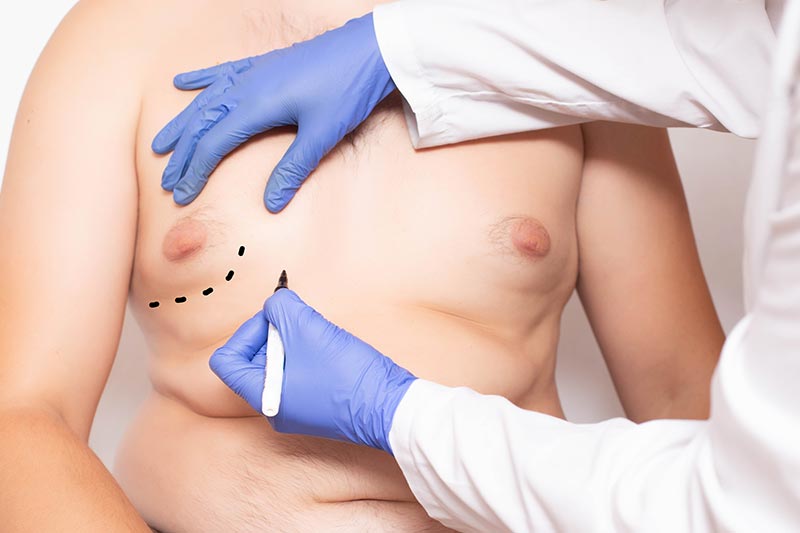Breast Augmentation
This is done to provide women with firmer, larger, and proportionally improved breasts. The implants are silicone shells that are filled with salt water or gel. They are safe and provide unique advantages.
Click below to learn more about Breast Augmentation


Breast Implant Removal
Performed for breast implant complication as well as many others reasons; lifestyle change, change in health or a complication with the implant itself.
Click below to learn more about Breast Implant Removal
Breast Lift (Mastopexy)
Performed to correct drooping breasts, improving the shape and lift of breasts that have lost volume or firmness. The treatment reduces excess skin and tightens supporting tissues around the area. The breasts are positioned higher and are more firm.
Click below to learn more about Breast Lift


Breast Reduction (Reduction Mammaplasty)
The multiple problems caused by larger breast are back pain, shoulder pain, improper posture, rashes, breathing problems, and skeletal deformities. Breast reduction surgery is usually done to provide relief from these symptoms. come with large breasts can be alleviated with breast reduction surgery.
Click below to learn more about Breast Reduction
Asymmetry Correction
Women have slightly asymmetrical breasts. Sometimes, the difference in breast size is more pronounced and may begin to affect the proper fitting of a bra, bathing suit, blouse or dress. Uneven breasts can also affect intimacy and sexual function. Often, it becomes necessary to wear padding to provide better balance and support.
Click below to learn more about Asymmetry


Capsular Contracture (Capsulectomy)
Capsular Contracture surgery is performed for patients who suffer from scar tissue formation around the breast after breast augmentation. Scar tissue forms around the breasts and causes them to harden, making the breasts look and feel different, causing discomfort due to the tightening of the capsule.
Gynecomastia
Gynecomastia is swelling of the breast tissue in boys or men, caused by an imbalance of the hormones estrogen and testosterone. Gynecomastia may go away on its own. If it persists, medication or surgery may help.
Click below to learn more about Gynecomastia

